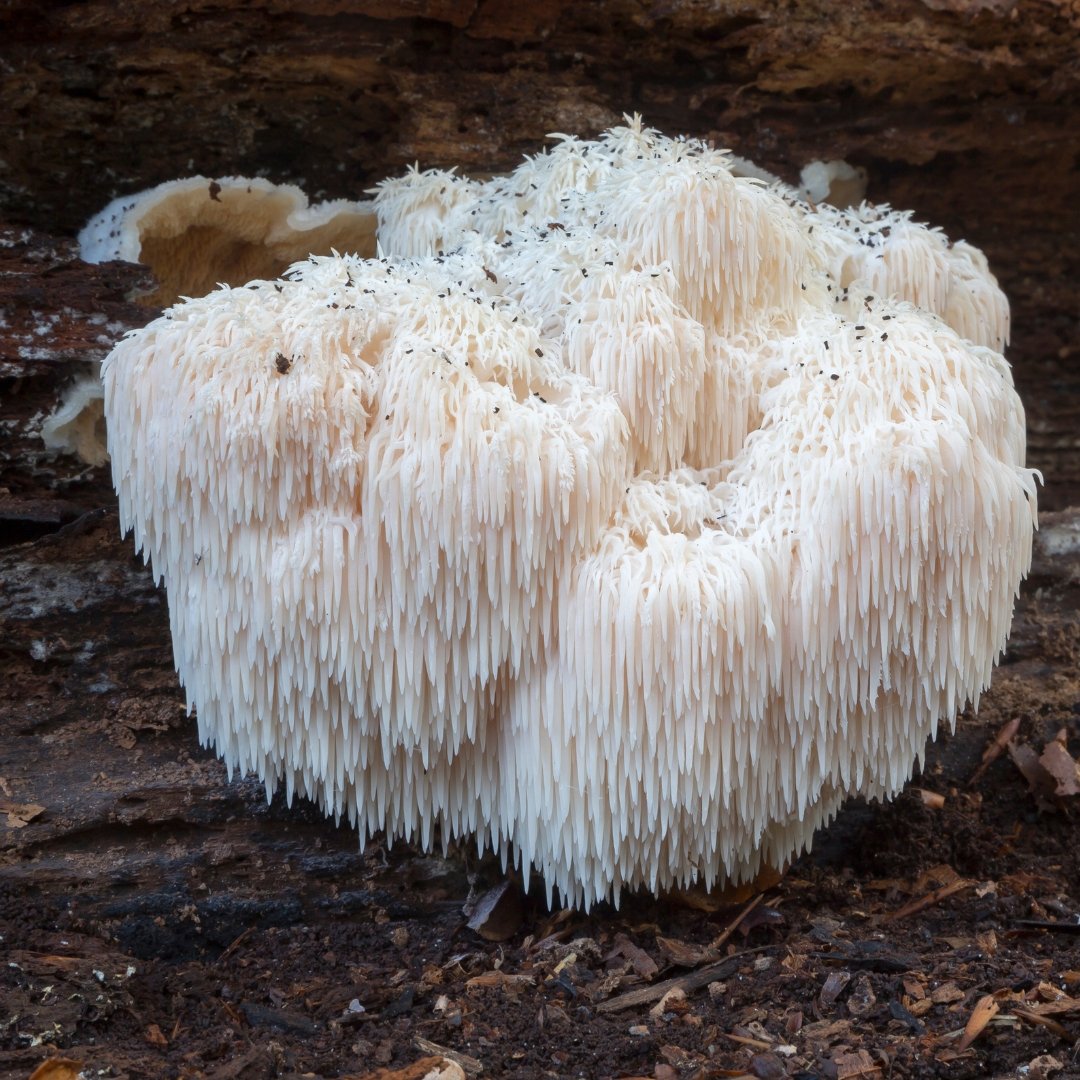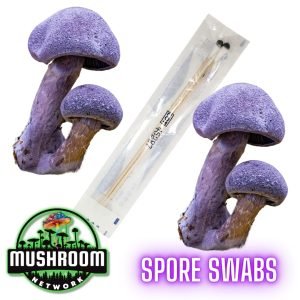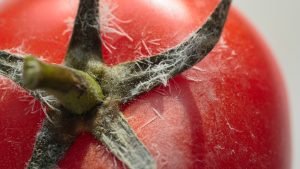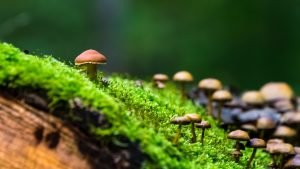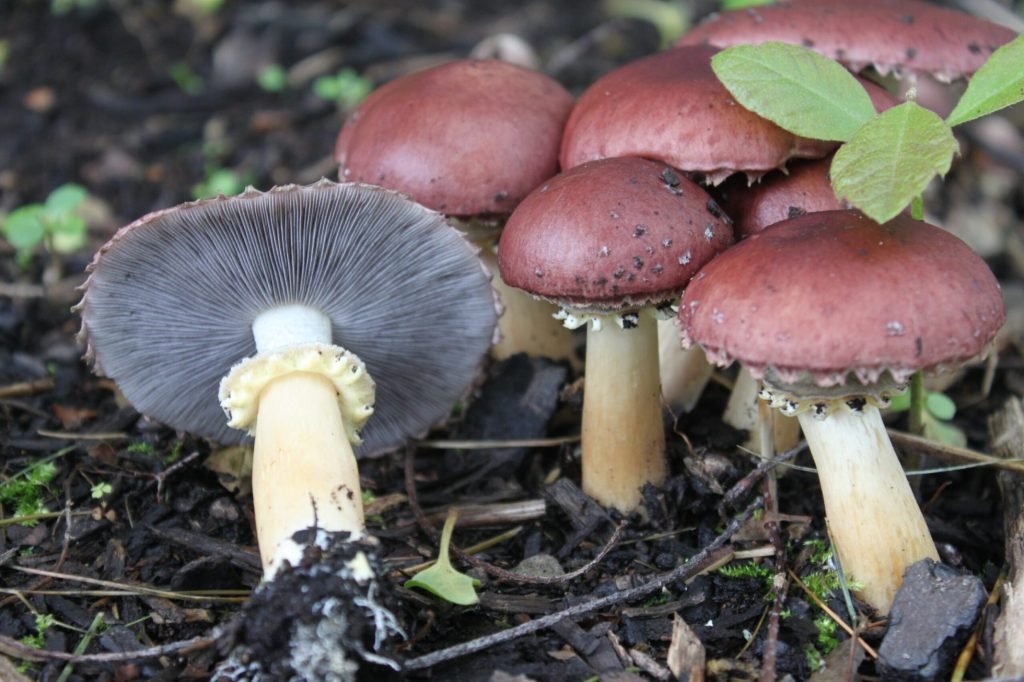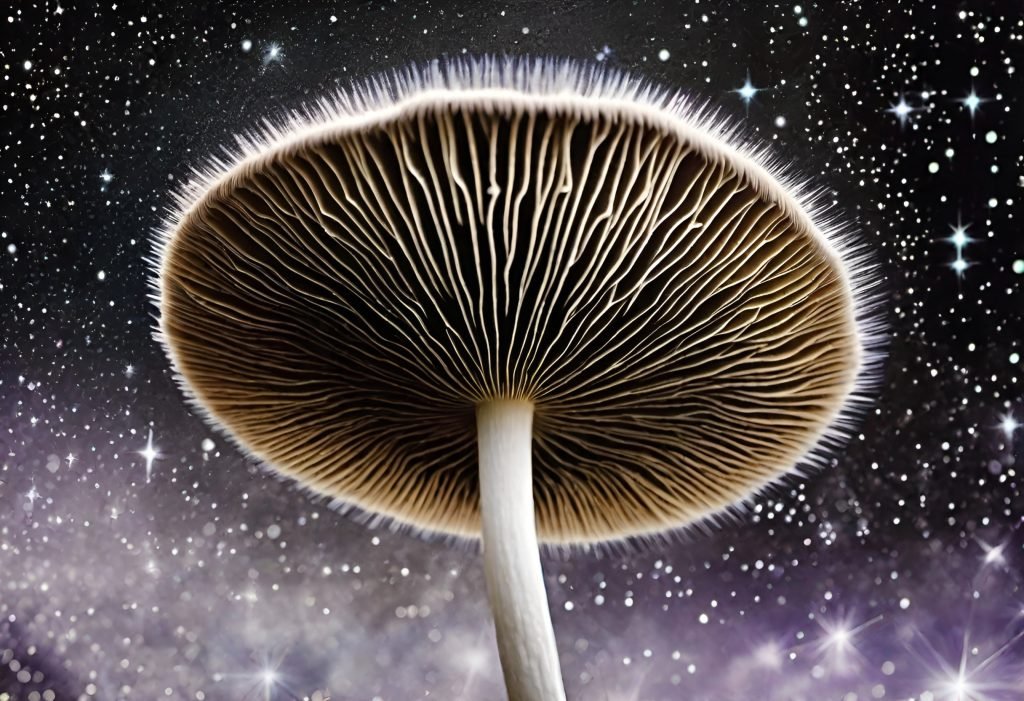Delving into the intriguing world of mycology reveals yet another gem – the Lion’s Mane mushroom. Specifically, its potential role in neurogenesis and the treatment of neurodegenerative diseases is gaining significant scientific attention.
Probing the Lion’s Mane Mushroom:
Known by various names – Yamabushitake, Monkey’s Head, Satyr’s beard, and more – Hericium Erinaceus, or the Lion’s Mane mushroom, has been a part of traditional medicine for centuries. Its potential therapeutic value is in its unique bioactive compounds that contribute to neurogenesis – the formation of new neurons. This feature alone sets it apart and places it at the forefront of research on treatments for neurodegenerative diseases.

Understanding Neurogenesis and Neurotrophic Factors:
Before we explore the Lion’s Mane mushroom’s role, it is vital to understand what neurogenesis is. Neurogenesis is the process of forming new neurons or nerve cells. This process is vital for learning, memory, and adaptation. The growth and development of neurons are influenced by specific proteins called neurotrophic factors.
Neurotrophic factors are essential proteins for the survival, growth, and function of neurons. They prevent the death of neurons and promote the differentiation and survival of newly formed neurons. The most well-known of these factors is the Brain-Derived Neurotrophic Factor (BDNF), which plays a crucial role in neurogenesis.
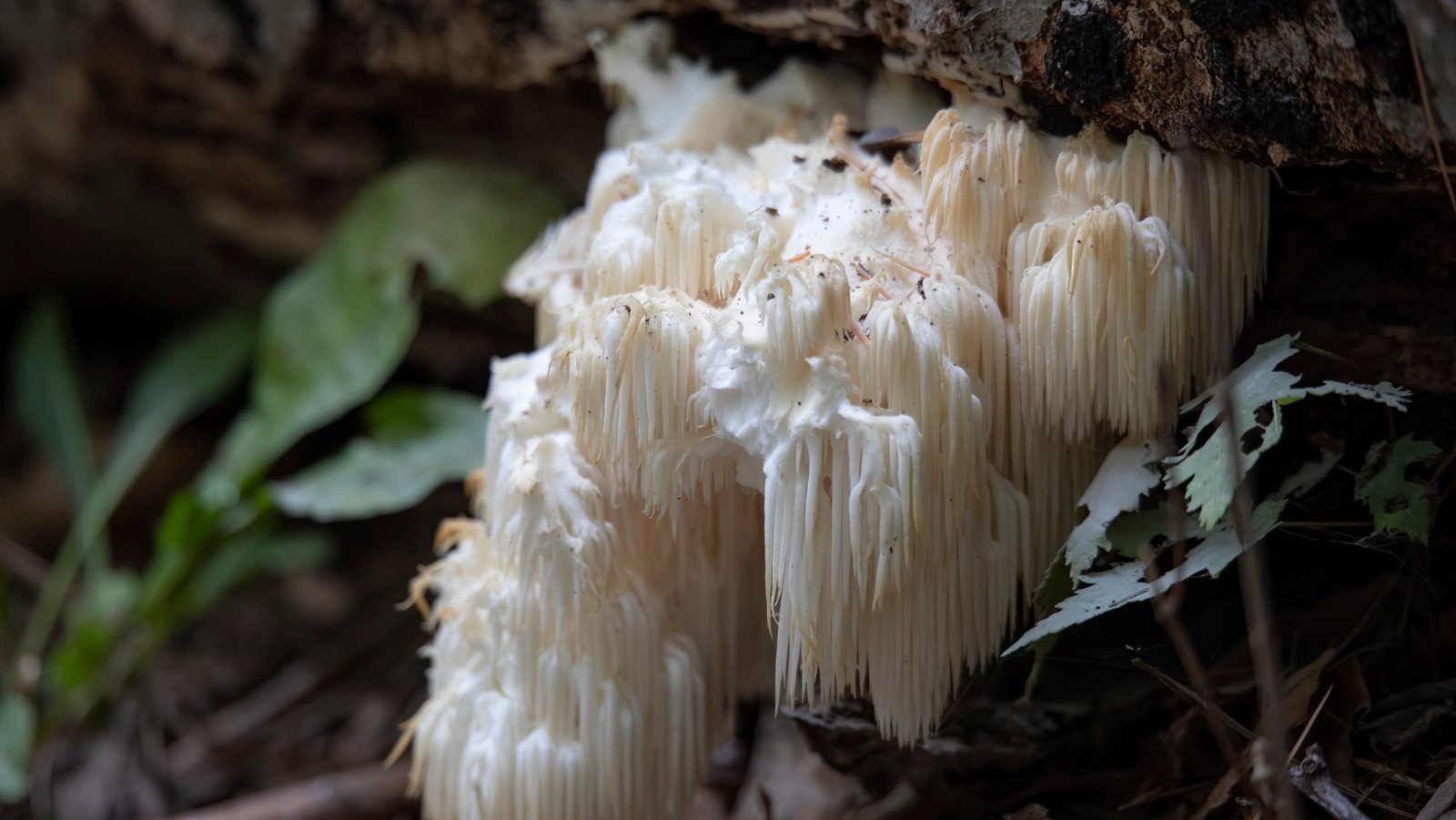
The universe of mushrooms is expansive, each variant bearing its own unique charm and characteristics. The Marketplace on the 🍄 Mushroom Network is a testament to this diversity. It is a haven for those seeking a deeper understanding of the magical world of mushrooms. If you’re keen on learning more about this type of mushroom and other mushroom variants, this Marketplace is your ultimate resource.
Lion’s Mane Mushroom and Neurotrophic Factors:
The bioactive compounds in Lion’s Mane mushroom, namely the hericenones and erinacines, have been found to stimulate the synthesis of Nerve Growth Factor (NGF) and Brain-Derived Neurotrophic Factor (BDNF). These are both vital neurotrophic factors that impact brain health.
Research suggests that hericenones and erinacines from Lion’s Mane mushroom can cross the blood-brain barrier and stimulate the production of these neurotrophic factors, potentially enhancing cognitive function, promoting neurogenesis, and providing neuroprotection. This attribute of Lion’s Mane mushroom can have far-reaching implications for the treatment of neurodegenerative diseases.
Potential in Treating Neurodegenerative Diseases:
By enhancing the production of neurotrophic factors, Lion’s Mane mushroom could potentially aid in treating neurodegenerative diseases such as Alzheimer’s and Parkinson’s. These conditions are characterized by the progressive loss of structure or function of neurons, including their death. The stimulation of neurotrophic factors can counteract these effects, promoting the survival and growth of neurons.
Studies in animal models have shown promising results, with improvements in cognitive function and neuronal health. However, more research, particularly in humans, is needed to substantiate these claims fully. If proven successful, Lion’s Mane mushroom could offer a natural, alternative treatment for these debilitating conditions.
Not sure where to start? The 🍄 Mushroom Academy offers a wide range of courses tailored to your needs. Whether you’re a beginner eager to learn or an experienced mycologist looking to broaden your knowledge, the 🍄 Academy has something for everyone.
Synapse to Wellness – The Conclusion:
The potential of Lion’s Mane mushroom in enhancing neurogenesis provides a spark of hope in the battle against neurodegenerative diseases. While more research is needed, the mushroom’s unique bioactive compounds, their potential to stimulate neurotrophic factors, and the resulting possibilities for cognitive enhancement and neuroprotection underscore the mushroom’s place in the realm of medicinal fungi.

Don’t forget to check out the 🍄 Mushroom Network’s Marketplace to see what’s available. But hurry, our shelves are constantly evolving, and you wouldn’t want to miss out on this wonderful mushroom. Join our growing network of Patrons, Genetics, and Mycologist Vendors only on the 🍄 Mushroom Network!
Recommended Reads:
RECIPE: Warm Quinoa, Spinach, and Shiitake Salad
Introduction: Embrace the essence of wholesome eating with this Warm Quinoa, Spinach, and Shiitake Salad....
Read More...Fungal Symbiosis: Understanding Interdependence and Harmonious Coexistence
The intricate dance of life often revolves around relationships. Nowhere is this more apparent than...
Read More...The Pioneers of Mycoremediation: Fungi as Environmental Saviors
In the vast, interconnected web of life on Earth, fungi are more than mere spectators....
Read More...The Alluring World of Agar: A Deep Dive
Deep beneath the forest canopy, in the shadows of decay, lies a realm that many...
Read More...Whoa there, Spore Sport! 🍄 Looks like you’re not logged in yet. Don’t you know what you’re missing? MYCO-CREDITS! Imagine all the fungal fun you could have. It’s like finding a Morel in May and not picking it. Tragic, right? Log In or Become a Myco-Patron and start racking up those credits. It’s more rewarding than finding a mushroom in your backyard! 🌟🏡

